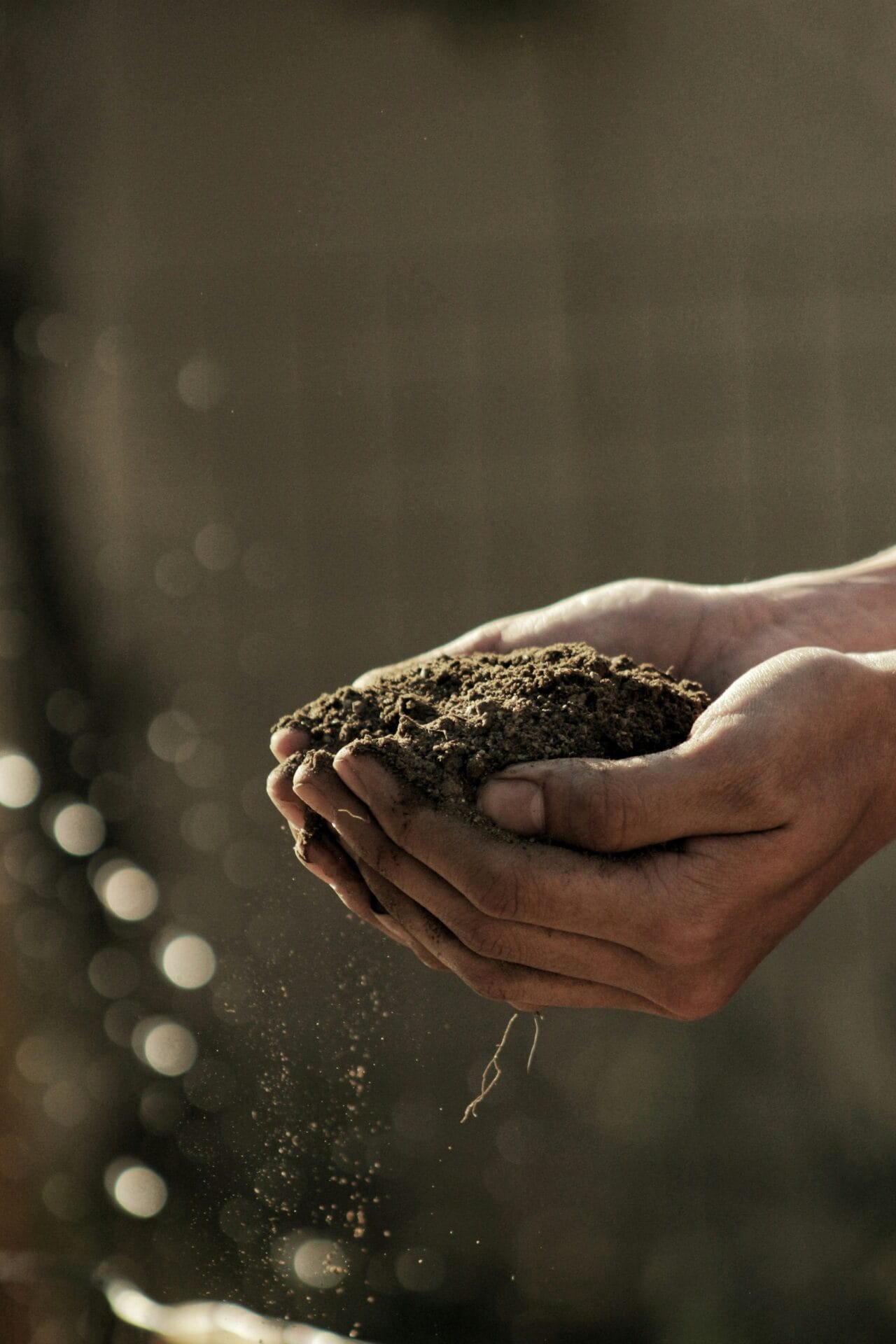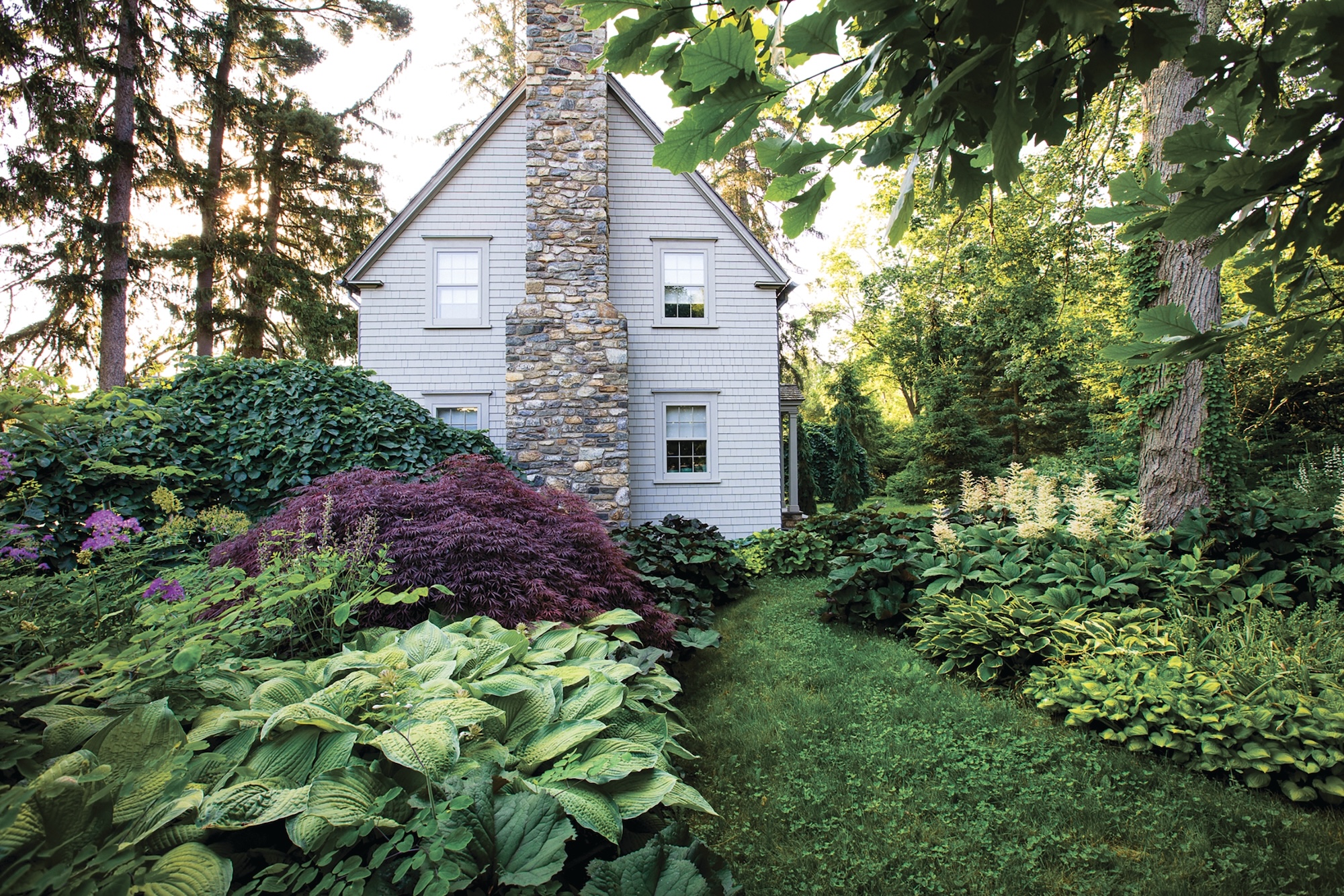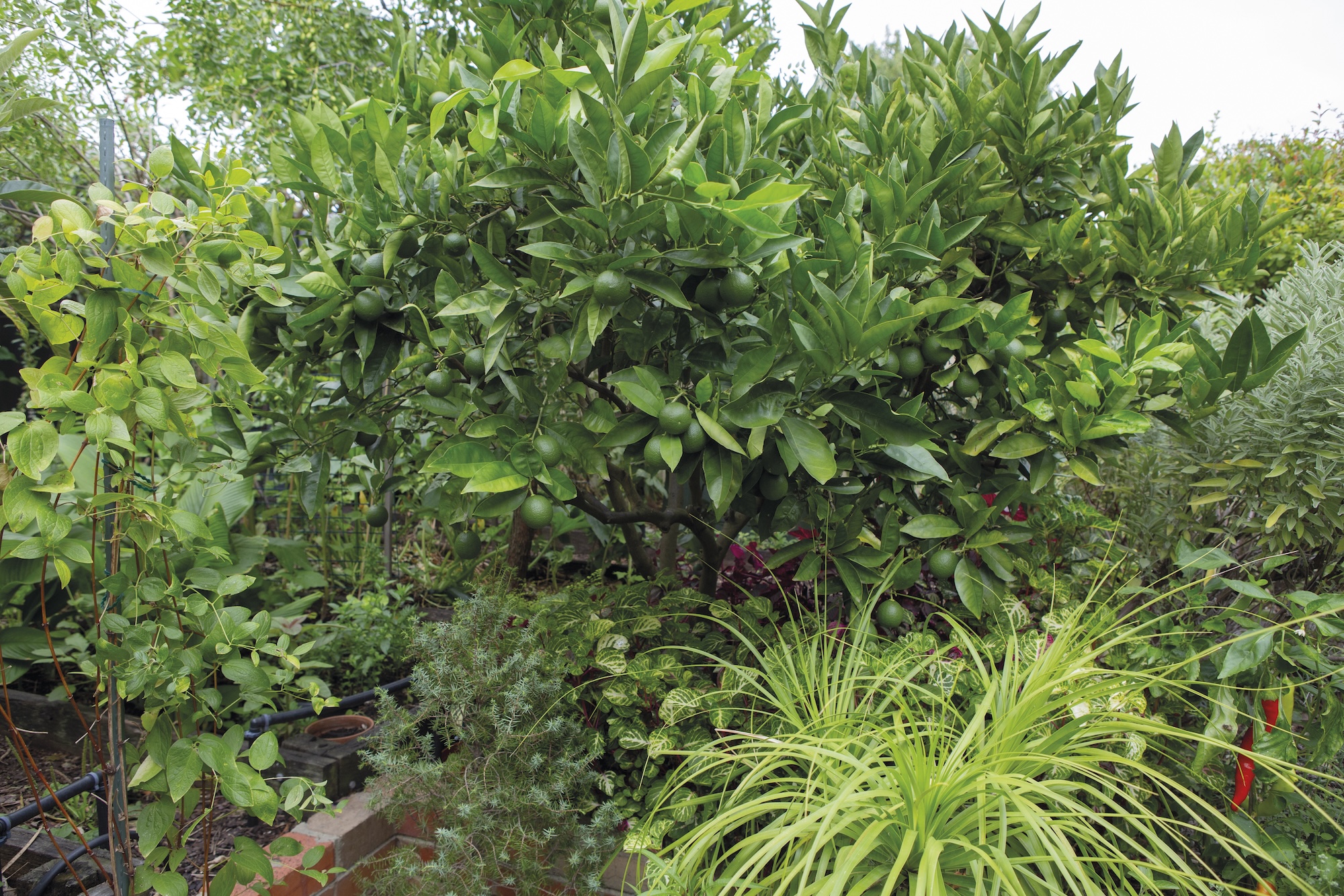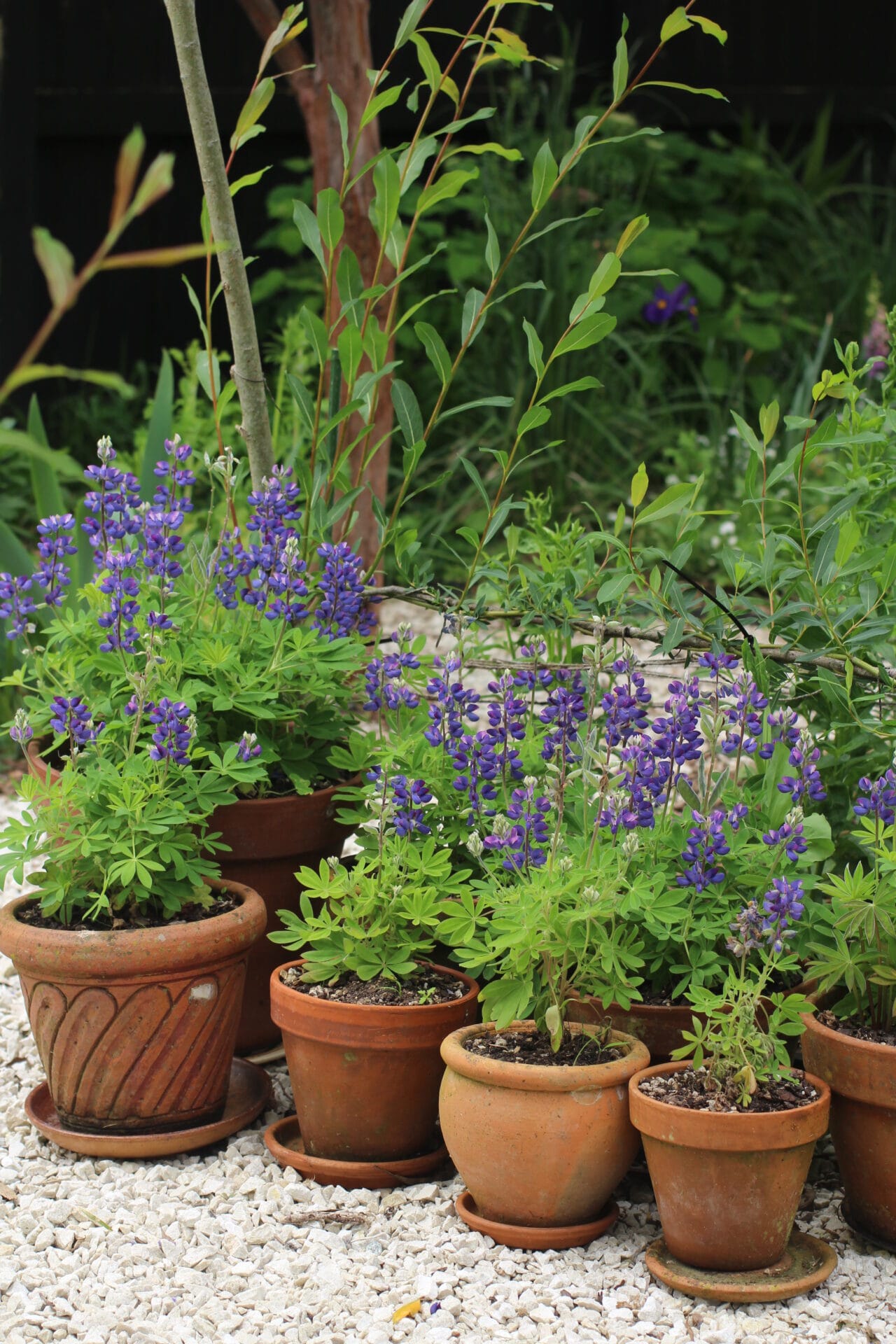— Excerpt from The Practical Kiwi Gardener by Philip Thomsen
The importance of soil
Fertile soil is a key factor in developing a successful and productive garden. Most important is the topsoil, the dark layer usually comprising the top 20–30 centimetres of mature soils, as it provides the essential ingredients that plants need for optimum growth. However, many New Zealand properties are lacking this rich soil, and hence gardens struggle to thrive. For example, with modern house construction, the topsoil has often been removed during earthworks, exposing the subsoil. A small amount of topsoil is returned afterwards, but usually much less than was originally there.
We have the full range of soil types in New Zealand, and the good news is that even those gardeners with poor soils can improve them greatly through proper maintenance and nurturing. When you get it right, water, air and nutrients will be available in the optimum balance for healthy growth. The key component for success in any soil is organic matter.
To manage your soil well, you first need to identify the basic type of soil that you are gardening with.
Soil texture
Individual mineral particles are either sand, silt or clay. Sand particles are the largest and can be seen with the naked eye. Individual silt particles are smaller and are too small to be seen easily. Clay particles are even smaller again and are the only mineral particles that are chemically active. Particles of all three are present in almost all soils, but in varying proportions, and it is the ratio that defines how we label them.
For example, if sand composes the majority of the mineral matter, then we call it a sandy soil, and if clay dominates, then it is a clay soil. If neither sand nor clay dominate, and there is a relatively even mix of particle types, including silt, then we have a loam. All of these soil types contain varying degrees of organic matter.
To determine your soil type, you can carry out a simple analysis. Dig a small hole until you get below the rich, dark topsoil layer into paler soil. Take a handful of soil, and moisten it. Then roll it into a tube shape. If you can bend the tube easily without breaking it, the soil is clay. If it cracks but doesn’t break straight away, you have a silt, volcanic ash, or loam. If it won’t roll into a tube easily, or breaks immediately on bending, the soil is sand or pumice. Wet clay is sticky and smooth to the touch, whereas sand — and to a lesser extent silt — is gritty.
Soil types
Sand
This ranges from relatively fertile, peaty sand to raw sand. Many lowlying coastal suburbs are constructed on sand, such as New Brighton in Christchurch and Papamoa near Tauranga.
Sand can be challenging to grow in, as being simply ground-down rock means it has little or no ability to hold water or nutrients. This means that the addition of organic matter to build up the soil structure is critical to success and needs to be an ongoing effort. Maintaining a permanent mulch on the surface will provide a continuous supply of decomposing organic material and nutrients to the underlying soil and will also help to conserve scarce moisture. The good aeration and drainage of sandy soils encourages faster breakdown of organic material. Sandy soils can also warm up quickly in spring, which also accelerates the decomposition of organic matter.
Some plants, such as succulents and many New Zealand, Australian and South African natives, have adapted to growing in sand. Fruits that are suited to sand include stone fruit, olives and feijoas. However, some plants, despite our best efforts, are difficult to grow in sandy soil. If you are struggling to maintain a flower or vegetable garden in sand, the most practical solution may be to develop raised gardens and bring in topsoil to fill them, then maintain the condition of the bed with periodic additions of compost or mulch.
Clay
Clay soils, which cover much of the hills in Auckland, Wellington and Dunedin, are pretty much the opposite of sand. They are mostly formed of tiny particles which have a strong ability to retain both moisture and nutrients. However, clay soils usually have poor drainage and lack aeration; these soils are anaerobic (deficient of oxygen), meaning that plant roots cannot respire and vital soil microorganisms (on which plants depend) cannot survive. To some extent you can tell whether a clay soil has enough oxygen to sustain healthy deep-root development by inspecting its colour. If you dig below the topsoil into the paler subsoil, the clay should ideally have extensive patches of orange. This ‘mottling’ is an indication that air can penetrate, and the iron in the soil has oxidised. If, on the other hand, the subsoil is evenly grey, it is anaerobic, and roots will be unable to penetrate and develop.
There are several ways to manage the drainage and aeration issues with gardens in clay. One way is to install drainage; however, for most gardens this is impractical. Gypsum can be added to some clays to encourage the development of an improved structure. (This is a handy way to repurpose any used cat-litter from the cat’s litter tray, if your cat is using a gypsum-based cat-litter for toileting.) However, usually the most effective way is to build raised gardens and add organic matter. The elevation of the garden above the water table allows the movement of water and air. The addition of organic matter helps to build the structure that a raw clay soil lacks and improves aeration, drainage and the availability of nutrients.
Volcanic ash and pumice
Volcanic soils dominate in parts of Taranaki, Waikato and the Bay of Plenty, including Tauranga and pockets in Auckland, Northland and other regions. They are often young soils without differentiated layers (topsoil and subsoil). They are freedraining and well aerated. However, they often have low nutrient levels, and are prone to a loss of nutrients through leaching. These soils respond well to fertilising; plant growth is often dramatic as roots can easily access deep into the soil. Volcanic soils don’t hold moisture as well as clay or loam, and benefit from regular watering. Mulching these soils is particularly beneficial, as this prevents excessive drying out, and helps to provide a balanced and ongoing supply of the minerals essential for plant growth.
Silt and loam
Silt and loam are generally found on old floodplains, such as those found in much of Christchurch and the Hawke’s Bay, and in valleys in Auckland and Wellington. Silt loams are an optimal mixture of sand, silt and clay, with a generous proportion of organic matter which provides the dark colour. These soils usually have good drainage and aeration, hold water well, and retain nutrients. Loam is ideal for growing most plants, particularly vegetables and fruit which demand high soil fertility. Although silt loam provides optimal conditions for growth, it still benefits from being incorporated into raised gardens with the addition of organic material.
Developing good soil with organic matter
Although there are widely differing soil types in New Zealand, there are some general principles that apply to almost all situations. Sandy soils can be made more fertile and moisture retentive and clay soils freer-draining and better aerated. Existing good soils can be made even more friable and productive.
The ideal soil has a loose, crumbly structure, is well-drained and aerated, and holds moisture and nutrients efficiently. The best way to achieve this is to add organic matter. A soil that is enriched this way becomes a rich dark brown or black in colour. This reflects the presence of myriad microorganisms and larger organisms, which are essential to a healthy and productive soil.
These soil organisms are necessary for developing good soil structure. Plants manufacture a wide range of organic materials; in various ways these are supplied into the soil, providing food for soil organisms. Dead plant material is decomposed by fungi, bacteria and other microorganisms, along with small soil animals — most importantly, earthworms. This process creates a highly decomposed material called humus, which (together with mineral particles) forms into durable aggregates called crumbs. This makes for the crumbly and porous soil that is needed to store and release moisture and nutrients. Earthworms not only play a role in decomposition, but their tunnelling also helps mix the soil and allows water, air and plant roots to access deeper levels.
In most cases, adding nutrients to your soil via decomposing organic matter is far preferable to spreading artificial fertilisers, which provide the nutrient equivalent of a sugar rush. Fertilisers are fast-acting, and in certain soils you may see dramatic results. Over time, however, the soil will lose its structure, and its vital microorganisms and earthworm populations may become seriously depleted. Organic matter is more sustainable, and returning it to the soil is much more environmentally friendly than sending it to the waste treatment system. It boosts the level of soil microorganisms and therefore the presence of small soil animals — and ultimately the birds that visit to feed on them. Building organic matter in your soil is also an excellent form of carbon storage, so you will be doing your bit to mitigate global warming; a win–win all round.
A readily available source of decomposed organic material for your garden is commercially made organic compost. This is available in bags at garden centres and hardware stores, or you can have it delivered in bulk by trailer or truck. Commercial compost has generally been derived from plant matter, mainly wood chips, twigs and leaves. The product has usually been ‘hot-composted’, so should be free from diseases or weed seeds. You can either mix the compost into the soil to improve the soil structure or alternatively spread it on top as a mulch. Be aware, however, that the presence of partially decomposed wood slivers in most commercial composts limits the availability of nutrients and water-holding ability compared with that found in more fully composted materials.
The most effective, sustainable and rewarding method is to recycle garden nutrients from decomposing organic matter from your own property. This could include lawn clippings, vegetable waste or prunings. There are two methods: organic mulching and composting.






